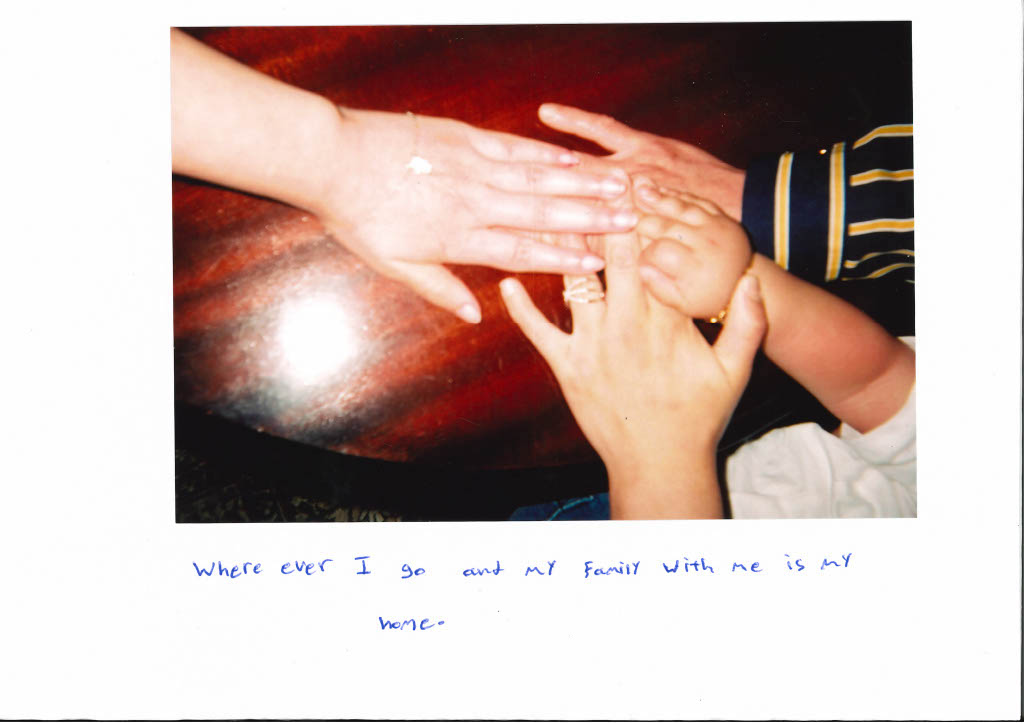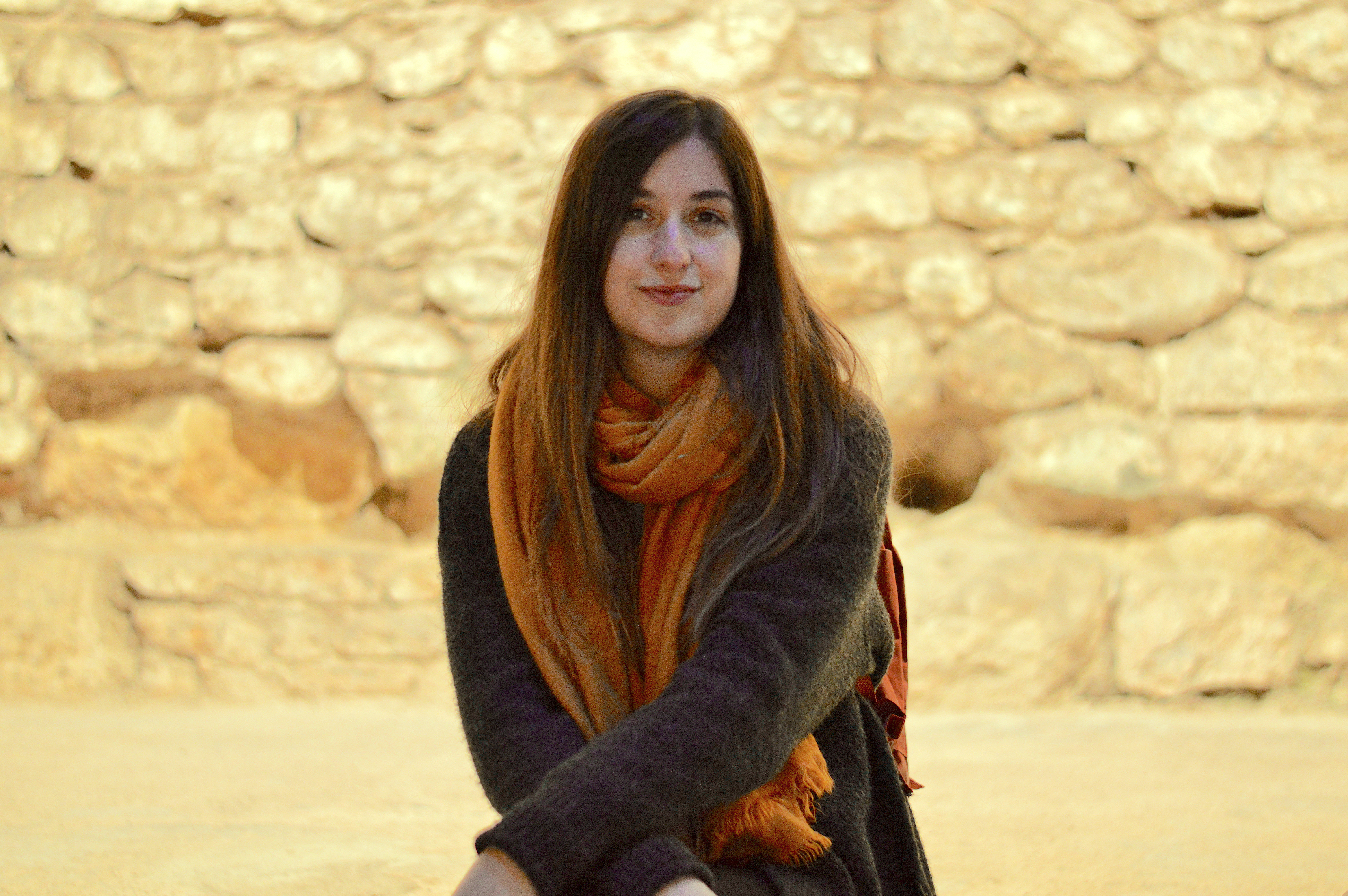‘Home’ is often weaponised by right wing media outlets. You only need to turn on the TV, radio, or check social media to see ‘home’ mentioned in relation to migrants. A quick Google search of the terms “home” and “migrants” will give you images of migrants on boats, as well as news articles concerned with “illegal migrants”, “stop the boats”, and “housing crisis”, all in relation to migrants arriving and living in the UK.
What if we used ‘home’ as a ground of connection rather than difference and division?
As someone who was born and brought up in a small city in Wales - Swansea - I lack a nuanced understanding of the experiences of those who migrate. I have never moved to or lived in another place beyond a long holiday. I can research the different types of migration, the number of people who migrate, as well as the reasons behind their decision. But these ways of learning about migration are simple and can reduce an individual's experience to a collective, a ‘migrant experience’ or ‘journey’. Only through working with migrants over the past eight years have I begun to appreciate the nuances, depth, and richness of experience that migration entails.
In this photo essay, I will show how eight young migrants living in Wales shared their ideas of home with me through images as part of my Master’s research, which challenged ways of thinking about migration as homogenous. Home is shown as place, people, objects, as well as aspirations and fears for the future. Home connects us all. This idea could be a useful way to show the complex and multiple ways of looking at migrants’ experiences, approaching the figure of the migrant as something more than binaries (home/not home, in/out of place, belonging/not belonging). Regardless of life experiences, we can all relate to these experiences of home, in turn, understanding experiences as complex, multiple, and constantly in flux.
Home as tangible
In the dominant narratives we hear about migrants we can often view home as a physical place, a structure, somewhere left behind. When asking young migrants to think about home in terms of the tangible - the things they can see, touch, taste - home was shown as a mixture of things which evoked different meanings, emotions, and memories.
Places
Sometimes home can be experienced by seeing a familiar landscape which evokes feelings of calm and peace. This photo of Swansea Beach reminds the young migrant who is new to Swansea of their home in Iran, and it also evokes similar feelings of home in the viewer.
 “This space connects me to home, Boushehr.” (Taken by Zara1, 24 years old from Iran)
“This space connects me to home, Boushehr.” (Taken by Zara1, 24 years old from Iran)
Food

“Mangoes always remind me of my ‘back home’. In the morning [when] my dad comes from work, he used to bring loads of mangoes [...] we used to sit together with my mum, brother, sister, [and] my dad. When we eat mango we feel like oh my gosh! That feeling is like, just out [of] this world.” (Taken by Hajira, 24 years old from Pakistan)
Home as intangible
Often migration narratives focus upon migrants as lacking, missing, losing something along their journey - ‘leaving home’. Of course, this sense of loss and displacement is valid but is often the only experience which is represented. There is often a lack of focus upon stories of building, making and reimagining home.
Routines

(Taken by Mariyah, 20 years old from Syria)
Against the backdrop of Mumbles Pier in Swansea, this young person shows her routine of meeting up with friends, smoking Shisha and listening to music. A routine that is being remade from Syria to Wales to create a sense of home.
Relationships

“Although more than 3000 miles apart, hearing and seeing family members is an important part of making home in Swansea.” (Taken by Zara, 24 years old from Iran)
Home can be made by those we spend our time and experiences with, often with family. This photo was taken to show that regardless of place and objects, the bond between three generations of family creates a sense of home for this young migrant.
 “Wherever I go and my family [are] with me is my home.” (Taken by Layla, 22 years old from Iraq)
“Wherever I go and my family [are] with me is my home.” (Taken by Layla, 22 years old from Iraq)
These intangible elements of home suggest the process of migration as far more complex that leaving one place to find another. As part of the human experience, we are all looking for people to share experiences with, including the highs, the lows, and everything in between.
Home as in-between
Everyone has hopes, dreams and a curiosity for what is yet to come. These young migrants relayed a common experience of feeling under pressure to decide on one trajectory in life, such as studying or getting a job, and do it as quickly as possible due to a perceived idea of being ‘behind’ other young people the same age as them, due to their migration journey.

The frustration of “belonging at the place but not feeling like home. Constantly seeing it but feeling different. Waking up to the reality of where I want to be, but here I am.” (Winta, 23 years old from Saudi Arabia)
Dominant migration narratives matter for these young people. Ways of thinking about migrants in a binary way (here/there, belonging/not belonging, Welsh/Not Welsh) can not only simplify experiences when represented to those who have not migrated (people like me) but can also cause young migrants to feel negative emotions, such as anxiety, loss, and a pressure to choose one culture, language, and identity.
Home as a ground of connection?
As we live in a time of opposites, a time of polarisation and the rise of anti-migrant narratives, could it be helpful to focus on ‘difference’ as an opportunity to connect with the unknown or less familiar?
Home connects us all. These young migrants may have different backgrounds, stories, and journeys, but they all connect to home as something more complicated than just a place. Could focusing on commonalities in human experience, such as home, be a useful way to understand experiences that appear wholly different to yours? Experiencing home can be a familiar idea to many and could be a way to understand experiences that are so different from yours, such as migration.
“Do not be afraid of complexity. Be afraid of people who promise an easy shortcut to simplicity.”
― Elif Shafak, How to Stay Sane in an Age of Division
Individually, we can work to overcome the tendency towards simplification - when experiences are so seemingly different from ours, the urge to connect and empathise vanishes. This is even easier to do when we are surrounded by dominant narratives from the government and media institutions about migrants. By embracing the multiple and complex experiences of others we can begin to challenge the focus on difference to divide, and see migration as an opportunity to make unexpected connections, to learn and to empathise - even, in my case, connecting to experiences beyond my small city in Wales.
1Pseudonyms have been used to retain anonymity for these young research participants.
Jami Abramson is a PhD candidate in Human Geography at Swansea University. Her research aims to explore ethnic minority young people’s experiences with places, particularly in relation to their idea of identity and sense of self. Informed by participant-led methodologies, Jami is using visual methods such as photography and collaging, in go-along interviews with young women in Swansea.

